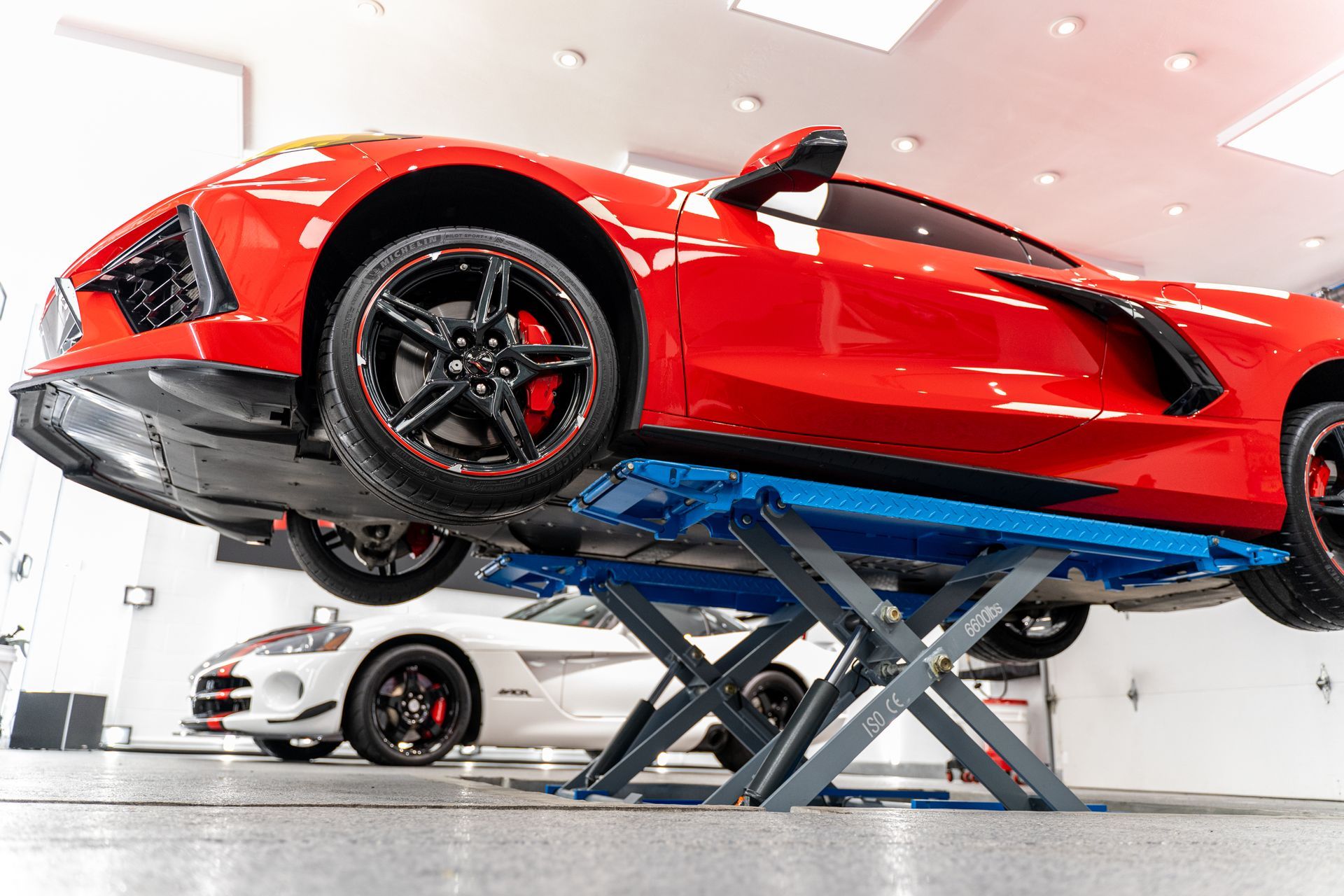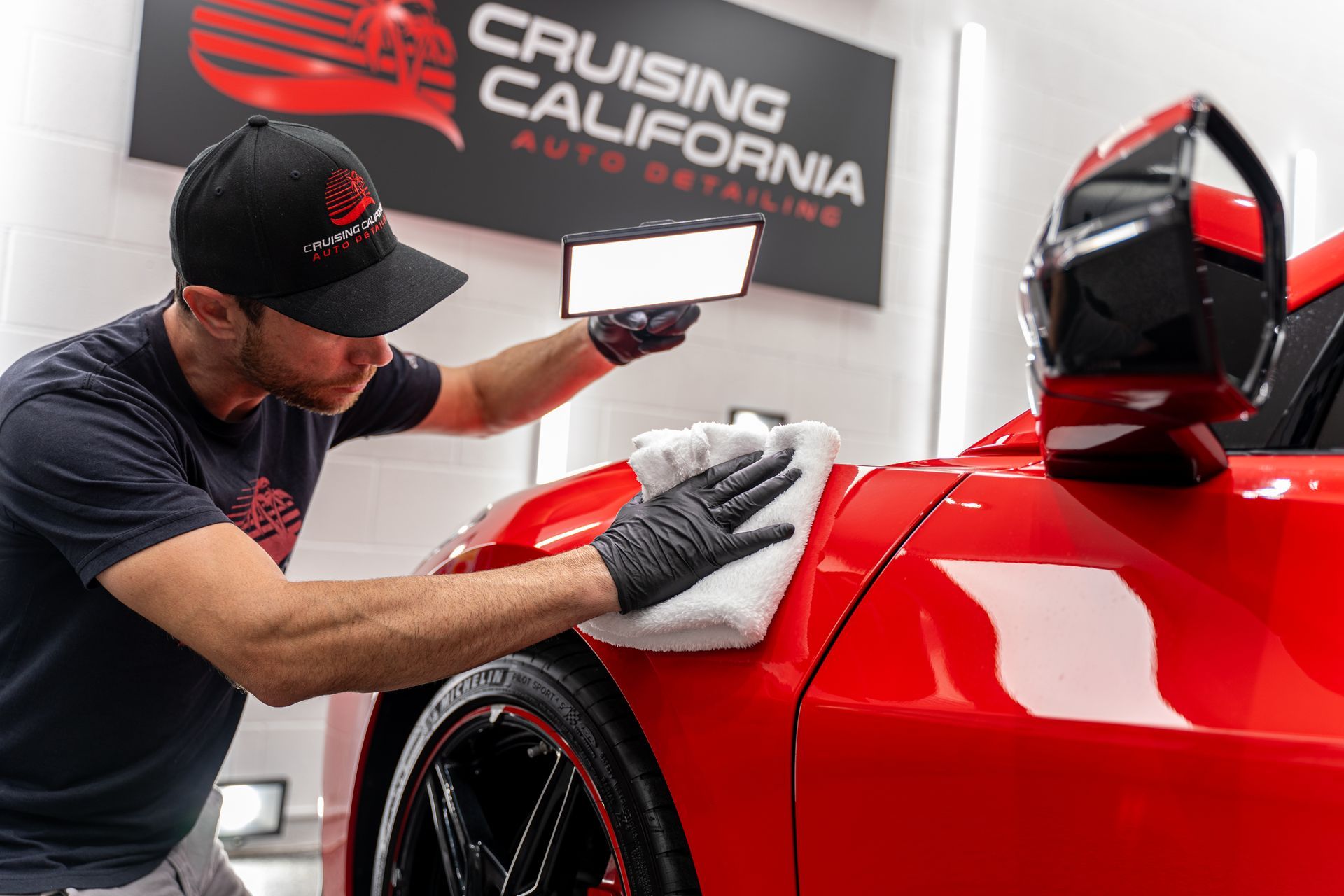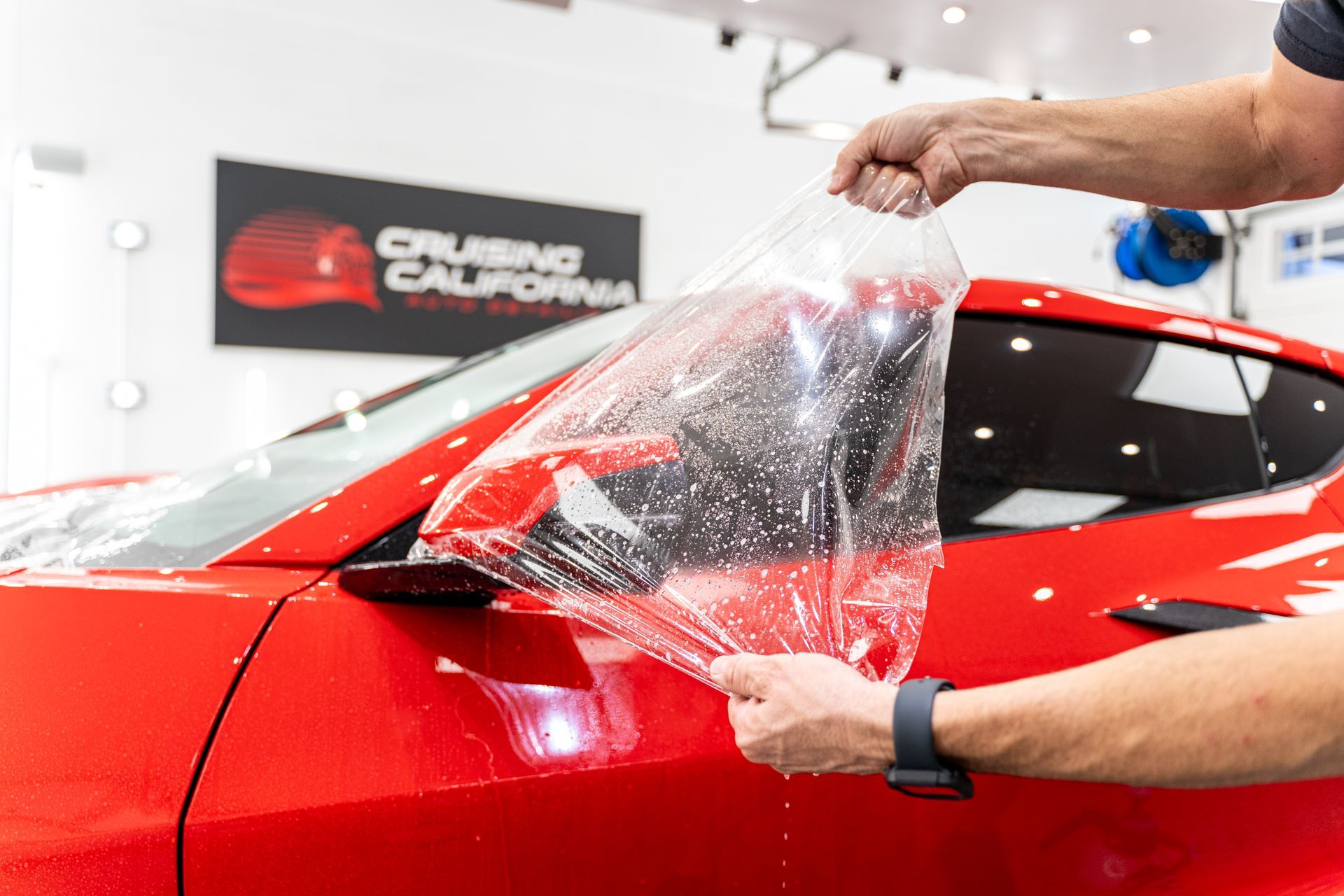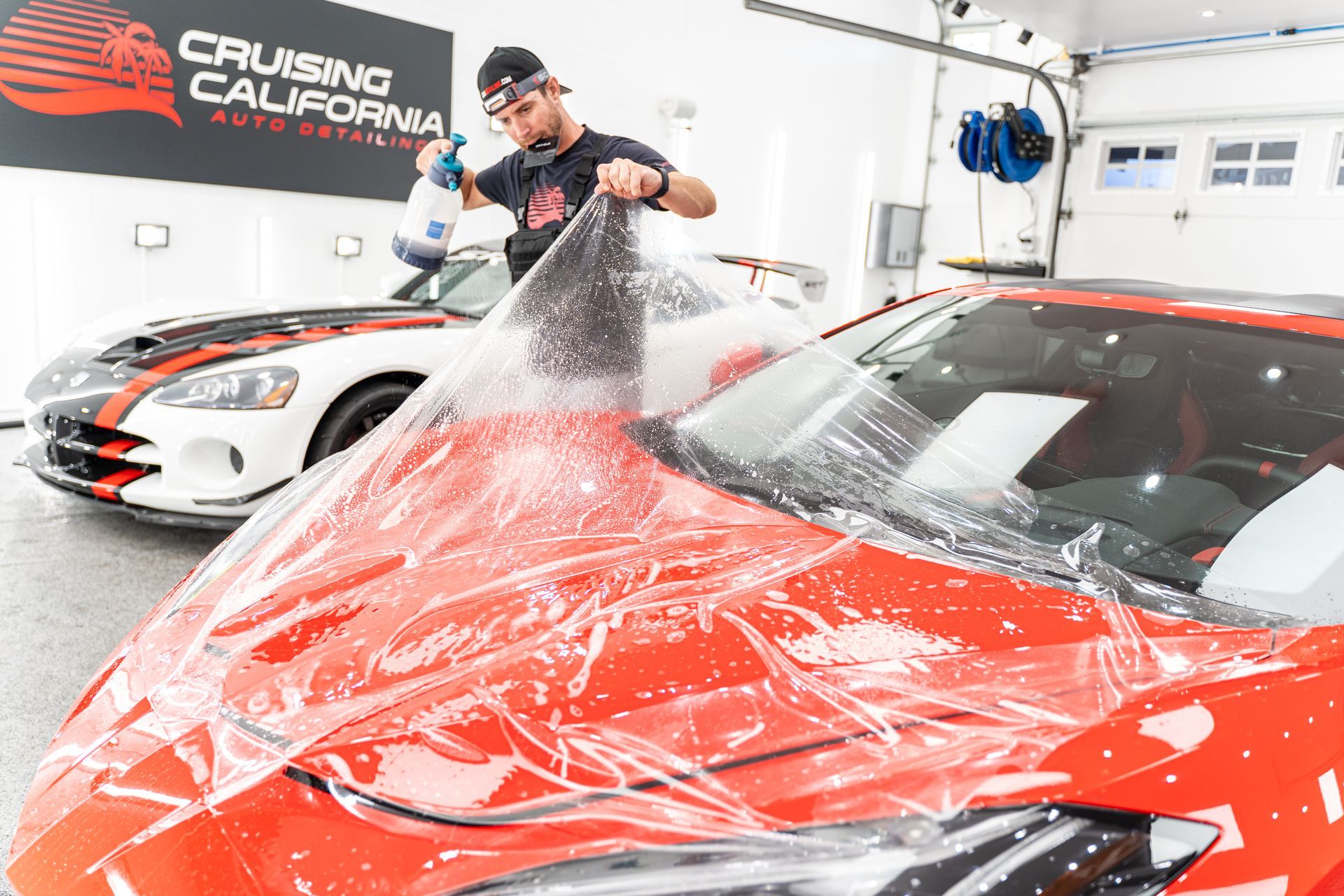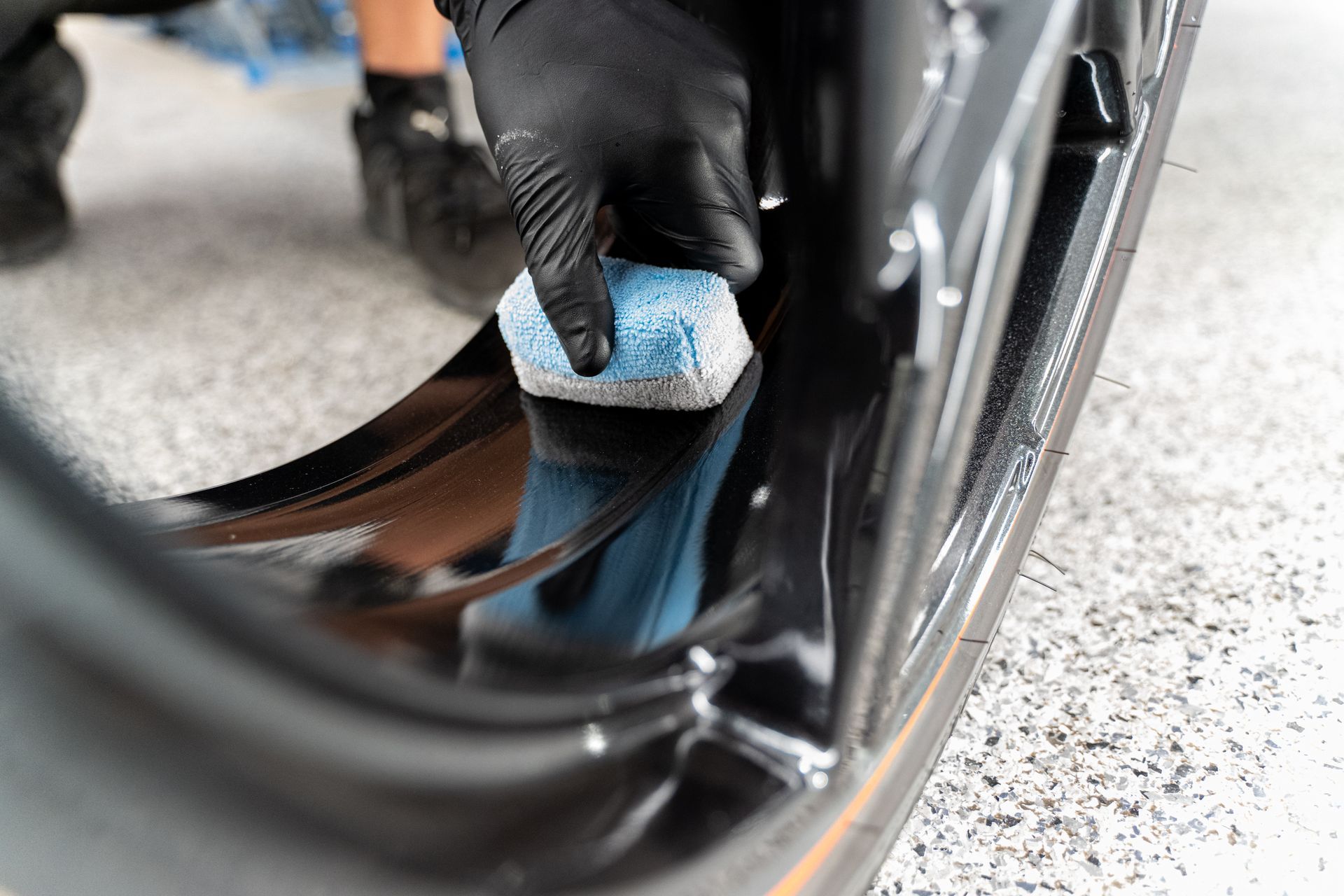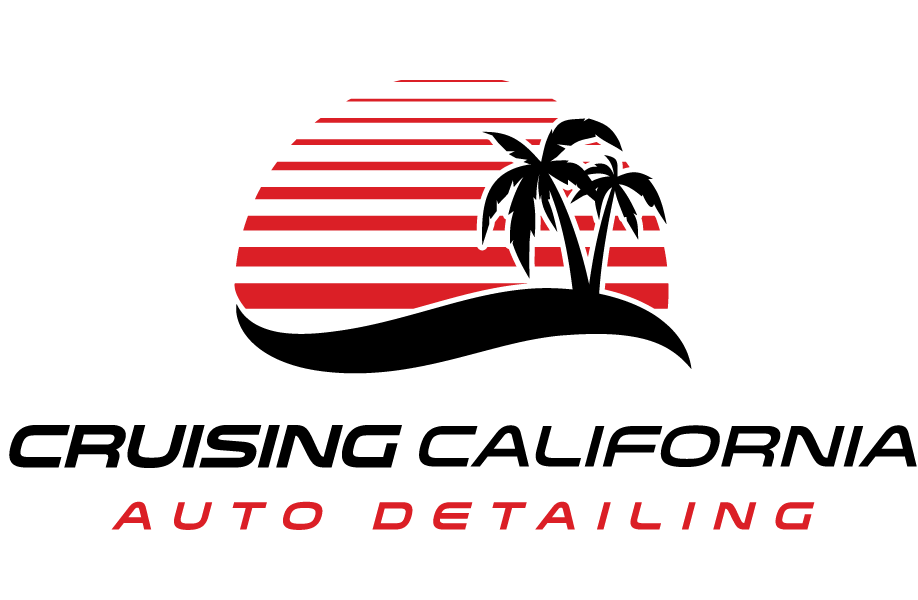Recommended Washing Frequency for Ceramic Coated Vehicles: Essential Care Tips
Are you the proud owner of a ceramic-coated vehicle? If so, you probably want to keep that stunning shine for as long as possible. While ceramic coatings offer impressive protection, regular washing is essential to maintain their effectiveness and appearance. Think of it like caring for your skin; just as you wouldn't skip washing your face, your car deserves the same attention. Not convinced? Many car care experts suggest that washing your ceramic-coated vehicle every two weeks is ideal — this simple practice can keep it looking fresh and prevent damage from the elements. In this article, we'll dive into optimal washing routines and maintenance tips so that your prized ride shines bright on the road!
It is generally recommended to wash ceramic-coated vehicles every two weeks to maintain their shine and protect the coating effectively. However, some owners in drier climates may extend this interval to a month or longer, utilizing rain or rinseless washes as alternatives.
Optimal Washing Frequency
Most car care experts advocate for washing a ceramic-coated vehicle approximately every two weeks. This interval serves a critical purpose: it helps remove environmental contaminants such as dirt, pollen, and bird droppings before they become ingrained in the coating, potentially leading to damage. Think about it; those pesky insects that splatter on your windshield are no different than those residues that settle on the surface. Leaving them too long can mean permanent blemishes. Regular washing is more than just cosmetic—it’s a proactive measure to uphold the integrity of your investment.
According to a survey by Auto Express, around 65% of ceramic coating users adhere to this bi-weekly washing routine—and report positive results! However, this general timeframe isn’t a one-size-fits-all solution.
Adjusting Frequency for Conditions
Adjustments to your washing schedule may be necessary depending on specific environmental factors. For instance, if you live in an arid climate where rain is scarce and mud is minimal, some users have found that extending their washes to once a month doesn’t noticeably affect the shine or effectiveness of the ceramic coating.
Conversely, in wet or coastal areas where increased humidity leads to salt buildup, washing every week may be more appropriate. The presence of road salts during winter months poses additional challenges; they are incredibly corrosive and can significantly affect the durability of the ceramic coating if not dealt with promptly. Additionally, heavy rain can result in water spots and mineral deposits that tarnish the coated surface, demanding more frequent cleaning.
Regardless of location, always remain vigilant about how elements interact with your vehicle's exterior. Using high-quality microfiber cloths for pre-cleaning is essential to avoid scratching during these cleaning processes. If you're unsure about when it's time for a wash, trust your instincts—if it looks dirty, it probably needs attention. Understanding both recommended timelines and how unique situations affect cleanliness prepares you for maintaining that ceramic coating at its best. Now let’s consider some telltale signs that indicate your vehicle might need a good wash.
Indicators Your Car Needs a Wash
Observing the surface of your car closely provides valuable clues to when it’s due for a wash. It’s not merely about cleanliness but also about preserving the integrity of that ceramic coating. Here are a few crucial indicators that should prompt you to grab those cleaning supplies.
- Visible Dirt and Grime: When dirt and grime begin coating the exterior of your vehicle, it signals that it's time for a wash. This is especially prominent in urban settings, where dust and road debris can accumulate rapidly. I once parked my car beside a construction site; within just a week, the shiny surface became dull and coated with fine particles. It felt satisfying to see the transformation after a cleaning, restoring its luster. If you notice your car’s paint losing its glossy finish or becoming noticeably dirty, don’t hesitate—treat it to a wash! However, visible dirt is only one aspect of maintenance; there's more to consider.
- Reduced Water Beading: Another clear indicator that your ceramic coating isn't performing effectively is reduced water beading. Typically, water beads up and rolls off thanks to the hydrophobic properties created by the ceramic layer. If you find that water begins to spread out rather than bead up, you should pay attention. This change often means that dirt or grime is obstructing the coating’s effectiveness. Think back to when you washed your car; catching those droplets dancing across its surface post-wash is gratifying! If you're no longer seeing them, it’s time for some TLC. Keeping these two signs in mind can greatly enhance both the appearance and protection of your vehicle.
- Visible Contaminants: Additionally, don’t overlook visible contaminants like bird droppings, tree sap, or road grime. These substances are not only unsightly but can also corrode your ceramic coating over time, leading to possible permanent damage. If your car is pelted with these nuisances after a rainy day—or perhaps after a joyful summer trip through nature—it’s wise to wash it as soon as possible. What harm could result from leaving bird droppings on the surface for days on end? Not something I’d want lingering on my vehicle! Environmental factors play a significant role too.
- Frequency of Rain: After a rain event, especially if the rain was acidic or contained pollutants, checking your car's condition should become second nature. A good habit is to wash your vehicle within 24-48 hours following such rainfalls. The contaminants carried by rainwater can stubbornly cling onto your surface, so addressing them quickly will mitigate potential damages later. Moreover, seasonal changes also deserve attention.
- Seasonal Changes: In winter months known for ice and road saltiness, aim for frequent washes every 2-3 weeks at minimum. Conversely, during summer, when conditions are drier and less messy, prolonging the time between washes to every 3-4 weeks could suffice. Adjusting your washing frequency based on seasonal shifts is key; after all, letting road salt sit on your car could lead to corrosion! Lastly, consider how UV exposure impacts your vehicle's appearance over time.
- UV Exposure: If your vehicle has spent long stretches under prolonged sunlight—especially during those sweltering summer days—making an effort to wash it monthly becomes crucial. The harsh sun can cause UV-damaging contaminants to settle and eat away at waxes and coatings faster than you might think. After all, who wouldn’t want their vehicle looking like new? The right care ensures it remains vibrant over time.
Taking all these indicators into account will help maintain an aesthetic appeal while safeguarding the long-term investment in your ceramic-coated vehicle. As we explore further, let's turn our attention to essential techniques that ensure effective washing without damaging that valuable coating.
Proper Wash Techniques
One of the golden rules for maintaining a ceramic-coated vehicle is adopting the right wash techniques. The way you wash not only influences the cleanliness of your vehicle but also significantly impacts the longevity of that protective ceramic layer. To start, applying the two-bucket method is essential. This approach consists of one bucket filled with a pH-neutral car shampoo diluted in water and another bucket with clean water for rinsing your wash mitt. This separation avoids contamination that could lead to scratches on your glossy finish. Imagine just having completed all that hard work, only to risk marring it with grit from a single bucket!
As you go through this washing process, remember to use a good-quality foam cannon if you have one. This tool ensures an even application of soap without direct contact, which further protects your exterior from scratching during cleaning. When you think about it, it’s like applying a cozy blanket of foam; it acts as a barrier between dirt and your pristine surface. Moving on from technique, let’s talk about what products you should use. It’s imperative to opt for gentle cleaning agents specifically formulated for ceramic coatings. Always choose pH-neutral shampoos because harsh chemicals can undermine the hydrophobic properties you've worked so hard to maintain.
It’s also vital that when you wash your vehicle, you focus on small sections at a time, commencing from the top and working your way downwards. This method aids in efficiently managing the cleaning motion and ensuring no area is overlooked. Each time you rinse your mitt, be sure to dip it into the clean water bucket first before returning to the soapy mix, preserving its purity and keeping debris at bay.
What is equally important as washing is how you dry your vehicle afterward. As we mentioned earlier, improper drying can leave unsightly water spots that wreak havoc on that beautiful finish you've created. Using premium microfiber towels will prevent scratching while promoting a streak-free finish; these towels are specifically designed for these delicate tasks.
When combined with consistent maintenance and correct washing techniques, you'll extend the life and integrity of your ceramic coating while keeping it looking freshly detailed after each wash. With these foundational techniques established, it's time to explore additional strategies that ensure optimal care for your vehicle's appearance and functionality.
Essential Maintenance Tips
Adopting a structured approach to caring for your ceramic-coated vehicle will help ensure it remains protected and visually stunning for years to come. One of the most effective strategies is incorporating regular inspections into your care routine. By examining your vehicle for areas where the hydrophobic effect may be weakening, you can catch issues before they become serious. Watch out for spots or sections that seem less slick; these areas might benefit from a touch-up with a ceramic coating booster spray or even a full reapplication of the coating. It's far easier to address a small problem than to deal with significant deterioration later. Besides periodic inspections, the tools you use are equally vital for maintaining the integrity of your ceramic coating.
- Regular Inspections: When drying off your vehicle after washing it, using high-quality microfiber towels should be non-negotiable. These towels are designed to absorb moisture effectively while minimizing the risk of introducing micro-scratches that can compromise the coating. The difference between quality and inferior microfiber towels may seem negligible at first, but over time, you'll appreciate how much better they perform without harming your paintwork. Investing in quality tools pays off when you see your car retaining its glossy finish long after you've washed it. Additionally, when you're washing or detailing, consider your environment just as much as your methods.
- Use Quality Microfiber Towels: Avoid direct sunlight whenever possible while washing your vehicle; this simple yet impactful practice can save you a lot of headaches down the line. Working in shaded areas or during cooler times allows soap and water to remain workable without drying too quickly and leaving streaks or spots on the surface. It's not just about how you wash your car; it's also about when and where you wash it. Taking this additional step can significantly enhance the overall effectiveness of your cleaning efforts. Finally, think about how to keep that gorgeous shine lasting between washes.
- Avoid Direct Sunlight: Consider utilizing ceramic coating maintenance sprays every few months to boost protection and maintain that dazzling sheen. These specialized sprays not only enhance the durability of the existing coating but also reinforce its protective qualities against environmental contaminants. Just like you'd treat your skin with moisturizers to counteract dryness, giving your vehicle an occasional touch-up with these sprays ensures it continues to withstand wear and tear, keeping it looking as good as new.
Balancing these tasks will lead to long-term satisfaction with your investment in ceramic coatings, allowing you more time on the road and less stress over maintenance. As we move forward, let’s explore how consistent washing routines offer even greater benefits for preserving that pristine look.
Advantages of Routine Washing
Routine washing provides several benefits that go beyond just keeping your car clean. Regular washing creates a protective barrier, enhancing the effectiveness of your ceramic coating while making it easier to wash over time.
Performance and Longevity
One standout advantage of washing your vehicle regularly is that it enhances the performance of the ceramic coating itself. By preventing contaminants such as dirt, grime, and environmental pollutants from bonding to the surface, you can maintain that showroom sheen for much longer. A study by the International Detailing Association found that vehicles washed every two weeks retained their coating’s effectiveness 25% longer than those washed less frequently. This means fewer trips to the detailer and more time enjoying your vehicle's pristine appearance. It’s a simple equation: More frequent washes equal a longer lifespan for your investment—and who wouldn’t want that?
Enhanced Resale Value
Another significant benefit of routine washing is its impact on resale value. Believe it or not, first impressions matter greatly in the automotive market. A well-maintained vehicle not only looks attractive but also retains its value better compared to one that has been neglected. Prospective buyers are often willing to pay more for a car that shows signs of proper care, including regular washing. When potential purchasers see that shiny exterior, they can easily envision themselves owning a car that has been cherished rather than just used as a mode of transportation. Taking just a bit of time every couple of weeks to wash your car can significantly protect your investment when it's time to sell.
Prevents Damage
Beyond simply protecting shine and resale value, routine cleaning can actually prevent damage before it becomes a bigger problem. Each wash presents an opportunity to identify minor issues such as scratches, chips, or signs of wear that may have gone unnoticed otherwise. Addressing these small problems promptly can save you from tackling more significant repairs down the line and keep your vehicle looking brand new for longer.
Incorporating routine maintenance into your schedule is about creating lasting value. Regular washing protects your vehicle in various ways and ensures you get the most out of your ceramic coating while preserving both aesthetics and functional integrity. Make washing your car not just a chore but a rewarding habit. As we continue exploring optimal care practices, it's crucial to recognize how certain oversights can undermine even the best maintenance routines.
Common Mistakes to Avoid
One significant error many car enthusiasts make is skipping the pre-wash. This might seem harmless, but neglecting that crucial initial rinse can lead to unwanted scratches and swirl marks on your beautifully coated finish. When dirt, dust, and other contaminants are left on the surface, they act like tiny abrasives during the main wash. To avoid this, always kick off your washing routine with a thorough rinse to remove any loose debris.
A quick tip here is to use a pressure washer or a high-powered hose if available; it expels water forcefully and helps dislodge stubborn particles effectively without damaging the surface. Moving on to products, another common mistake involves using the wrong cleaning agents. You may be tempted to reach for popular household soaps or even dish detergent, thinking they will provide a deep clean—but here's the catch: these products can strip away the delicate ceramic coating's protective properties. Instead, opt for specially formulated pH-neutral washing solutions designed for waxed or coated vehicles. This helps maintain that glossy finish while ensuring protection against harsh chemicals that might erode your coating's integrity.
Now let's discuss drying techniques because this part is just as critical as washing. Allowing your vehicle to air-dry can result in unsightly water spots—a headache for anyone who enjoys their shiny ride. Water spots not only diminish aesthetics but can also become permanent if left untreated. Always use soft microfiber towels to gently pat dry each section of your vehicle after washing. These towels are designed to absorb moisture without scratching the surface, securing both cleanliness and protection.
It's essential to acknowledge what happens when you overlook regular maintenance. Neglecting routine washes results in dull surfaces; one user shared a story where their lack of upkeep left the ceramic coating looking exhausted within just a year—even leading them to face an expensive reapplication process. Regular washing and maintenance aren’t just chores—they’re investments in keeping that pristine look while extending the life of your coating.
By steering clear of these pitfalls, you place yourself in a prime position for success in maintaining your ceramic-coated vehicle, ultimately saving money and effort down the road. It’s all about being thoughtful in your approach and recognizing how these seemingly minor errors can have significant repercussions on preservation and durability. Staying informed about common mistakes leads to better care for your ceramic-coated vehicle, enhancing its longevity and appearance while saving you from unexpected costs over time.
Top Ceramic Coating Service in El Cajon, CA
Protect your investment with professional ceramic coating services by CCA Detailing & Ceramic Coating | PPF in El Cajon, CA. Their expertly applied coatings create a durable, hydrophobic barrier that enhances gloss while shielding your paint from UV rays, chemical stains, and everyday wear. When lasting shine and reliable protection matter, CCA delivers craftsmanship you can count on.


